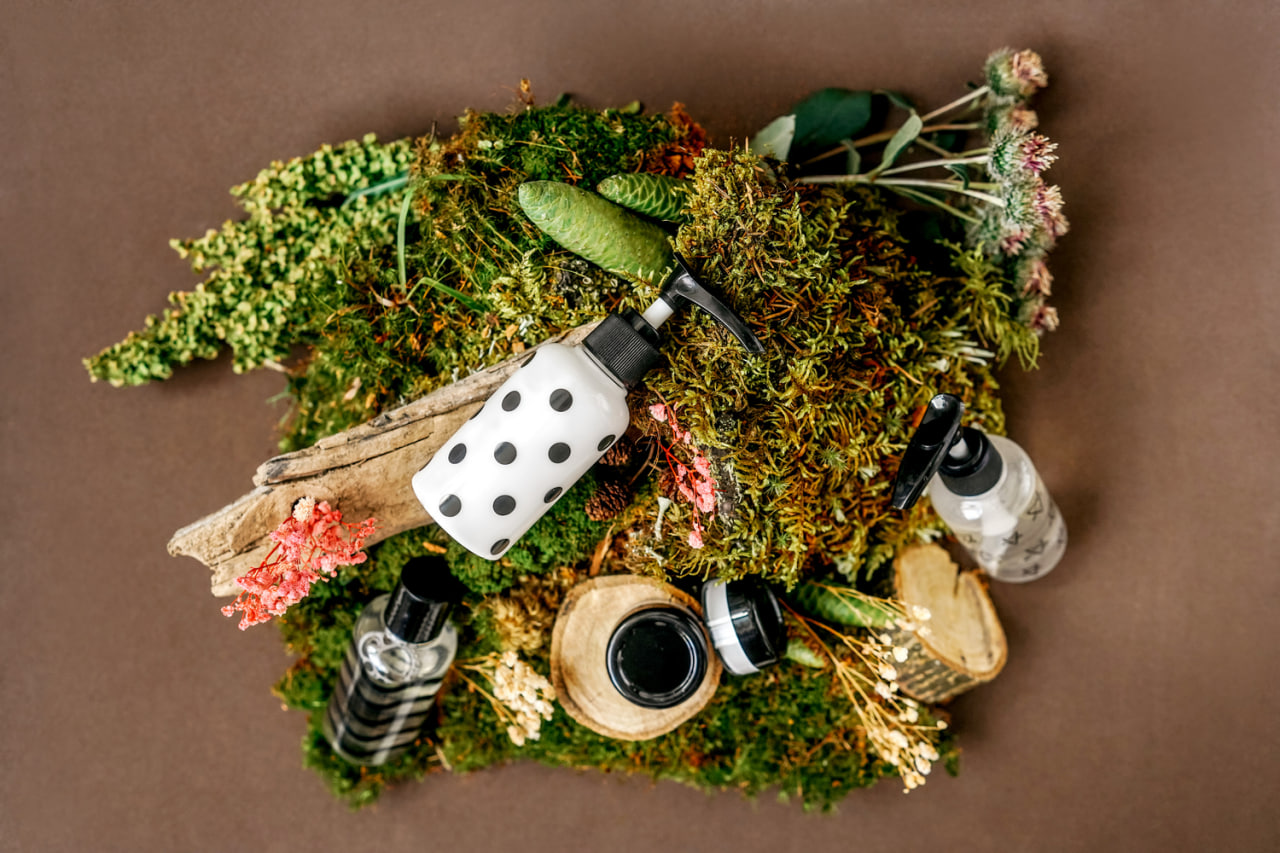Top 10 Natural Ingredients Every Perfume Lover Should Know
Perfume is a delicate blend of art and science, where natural ingredients play a crucial role in creating unique and memorable fragrances. While synthetic components have become common in modern perfumery, natural ingredients remain the heart and soul of many classic and contemporary scents. Understanding these natural elements can deepen your appreciation of perfumes and even inspire you to craft your own. Here are the top 10 natural ingredients every perfume lover should know.
1. Rose
Rose is often called the “queen of flowers” in the perfume world. It has been prized for centuries for its rich, floral aroma that ranges from fresh and dewy to deep and sensual. Rose absolute and rose oil, extracted from the petals of Rosa damascena or Rosa centifolia, are widely used in perfumery. The complexity of rose notes makes it versatile for both feminine and unisex fragrances.
2. Jasmine
Jasmine is another iconic floral ingredient known for its sweet, intoxicating scent. Extracted mainly from Jasminum grandiflorum and Jasminum sambac, jasmine absolute has a rich, warm, and slightly fruity aroma. Jasmine is often associated with romance and luxury and serves as a heart note in many perfumes.
3. Sandalwood
Sandalwood is a precious wood known for its smooth, creamy, and woody fragrance. Derived mainly from the Santalum album tree, sandalwood oil adds warmth and depth to perfumes. It acts as a base note, providing longevity and a calming, meditative quality to the scent. Its rich, milky aroma makes it popular in both Eastern and Western perfumery.
4. Vetiver
Vetiver comes from the roots of the Vetiveria zizanoides grass and is famous for its earthy, smoky, and woody fragrance. This ingredient is commonly used as a base note to add grounding and complexity to perfumes. Vetiver is often associated with masculinity but is increasingly used in unisex compositions for its natural freshness and depth.
5. Patchouli
Patchouli oil, extracted from the leaves of the Pogostemon cablin plant, offers a distinctive musky, sweet, and woody scent. It has a strong, long-lasting aroma that can be earthy, spicy, or slightly sweet depending on its origin and processing. Patchouli is popular in oriental and chypre perfumes and is known for its grounding and sensual qualities.
6. Lavender
Lavender is a classic aromatic herb valued for its fresh, clean, and floral fragrance. It is primarily grown in regions such as Provence, France, and Bulgaria. Lavender oil adds brightness and a calming effect to perfumes and is often used in fougère and aromatic fragrance families. It serves as a top or middle note depending on the blend.
7. Bergamot
Bergamot is a citrus fruit whose peel is cold-pressed to extract a bright, fresh, and slightly spicy essential oil. It is one of the most popular top notes in perfumery, valued for its sparkling, uplifting aroma. Bergamot adds freshness and clarity to compositions and is a key ingredient in many famous fragrances, including classic colognes.
8. Frankincense
Frankincense is a resin obtained from the Boswellia tree and has been used since ancient times in incense and perfumes. It has a rich, balsamic, woody, and slightly spicy aroma that adds depth and a mystical quality to fragrances. Frankincense is often used as a base note and is prized for its longevity and complexity.
9. Ylang-Ylang
Ylang-ylang is a tropical flower known for its sweet, exotic, and slightly fruity scent. Extracted via steam distillation, ylang-ylang oil is used as a middle or heart note in many perfumes. It is often associated with sensuality and relaxation and blends well with other florals and citrus notes.
10. Cedarwood
Cedarwood oil, derived from various cedar tree species, has a warm, dry, and woody aroma. It is used as a base note to provide structure and longevity to perfumes. Cedarwood is valued for its grounding properties and is common in woody and oriental fragrance families. Its crispness contrasts beautifully with softer floral and citrus notes.
Natural ingredients like these continue to inspire perfumers and captivate fragrance lovers around the world. Their unique aromas not only create beautiful scents but also carry stories of nature, culture, and history. Whether you are exploring perfumes for personal enjoyment or embarking on creating your own, knowing these ingredients enriches the entire experience.

